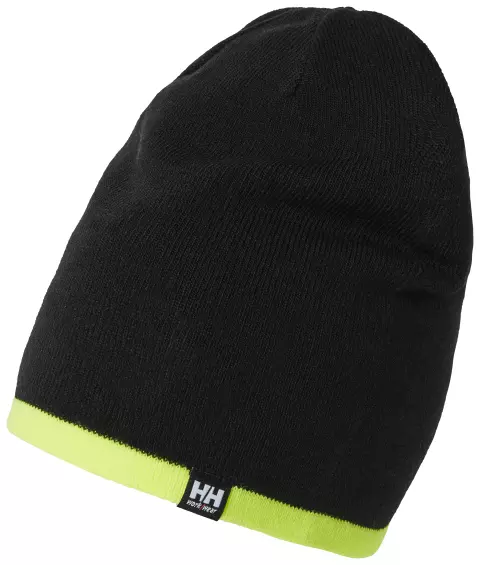Hats & Haircovers
Hats & Haircovers are essential protective gear designed to maintain hygiene and safety standards in various work environments. Commonly referred to as hairnets, bouffant caps, or disposable caps, these items prevent hair contamination and ensure cleanliness. Key industries utilizing these products include food processing, healthcare, pharmaceuticals, and manufacturing, where maintaining a sterile and clean environment is critical.
Hats & Haircovers are essential protective gear designed to maintain hygiene and safety standards in various work environments. Commonly referred to as hairnets, bouffant caps, or disposable caps, these items prevent hair contamination and ensure cleanliness. Key industries utilizing these products include food processing, healthcare, pharmaceuticals, and manufacturing, where maintaining a sterile and clean environment is critical.
Hats & Haircovers are essential protective gear designed to maintain hygiene and safety standards in various work environments. Commonly referred to as hairnets, bouffant caps, or disposable caps, these items prevent hair contamination and ensure cleanliness. Key industries utilizing these products include food processing, healthcare, pharmaceuticals, and manufacturing, where maintaining a sterile and clean environment is critical.
List products you’re looking for and we’ll find the best products and prices for you – all for free.
Need help?
Get help from our experts
Be the first to hear about offers, industry trends and get tips on industrial supplies.
FAQ – Frequently Asked Questions
You can pay with any of the following popular payment methods:
Need help?
Get in touch with our customer support if you need help
Chat with us
Get help from our experts
















